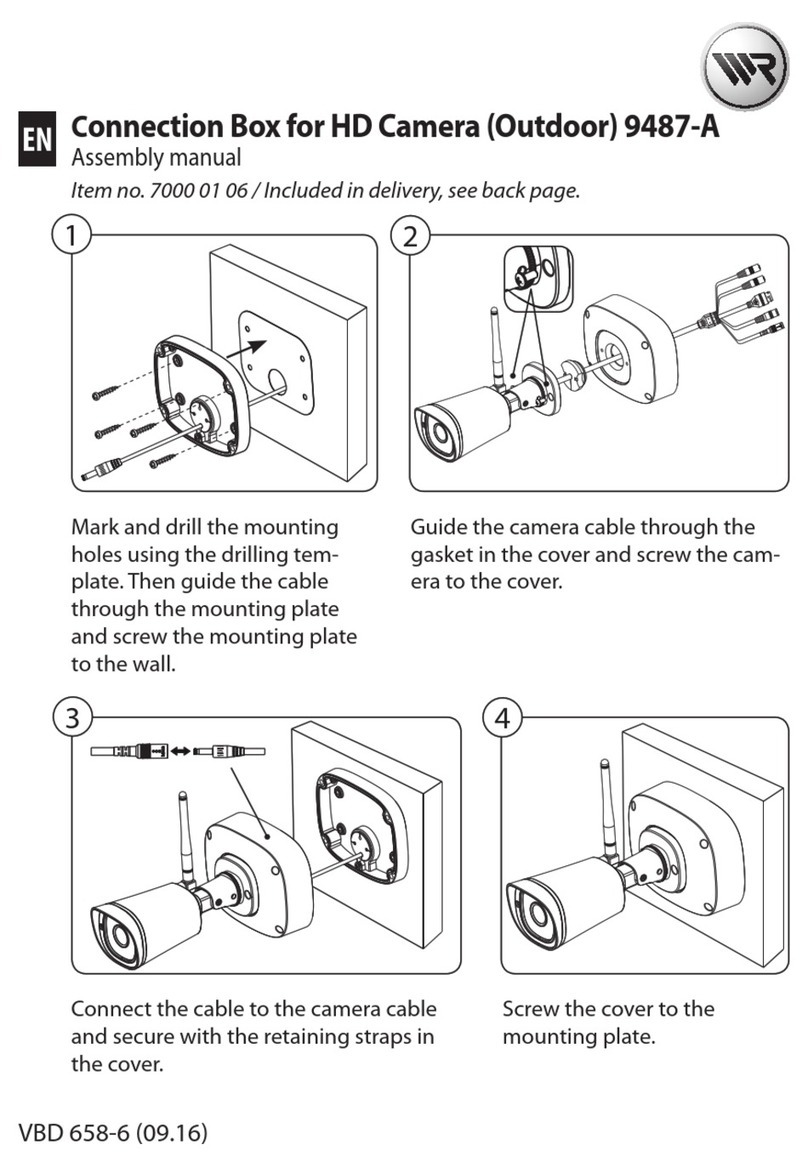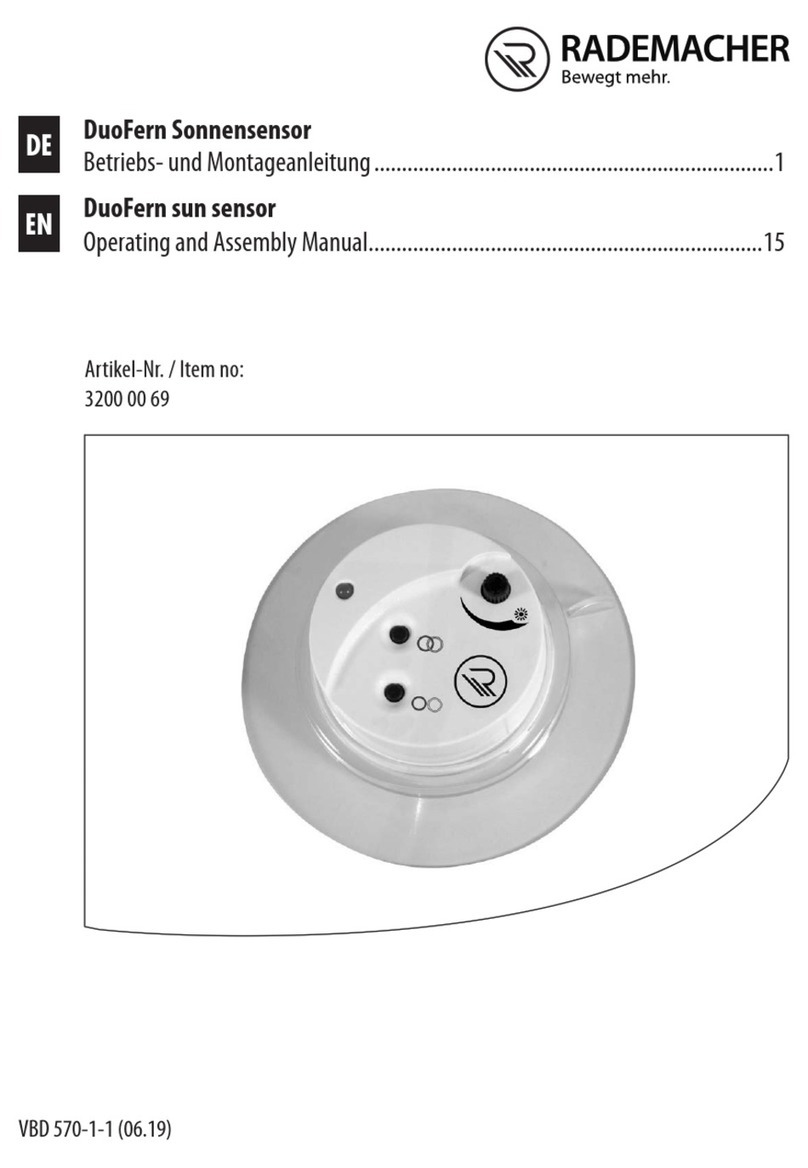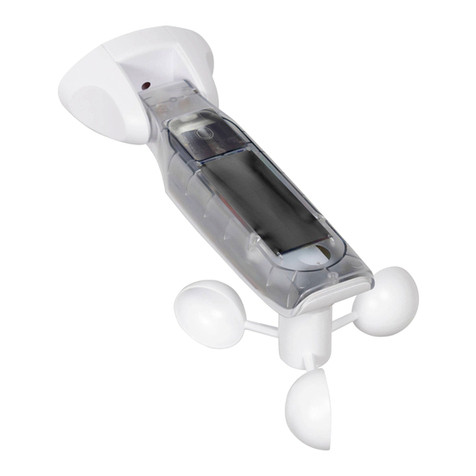
2
EN
i
Contents
1. This manual..................................................................... 3
2. Hazard symbols .............................................................. 4
2.1 Symbols and depictions used........................................4
2.2 Glossary - denition.......................................................4
3. Included in delivery ........................................................ 5
4. General view / operating elements................................ 6
5. Product description........................................................ 7
6. Technical specications ................................................ 8
7. Safety instructions ......................................................... 9
7.1 Intended use..................................................................9
8. Inserting / changing the battery .................................. 10
9. Installation..................................................................... 13
9.1 Installation instructions ................................................13
9.2 Installation examples ...................................................15
9.3 Temporary installation..................................................17
9.4 Teaching in the window or door positions....................18
9.5 Check the taught-in positions ......................................20
9.6 Final installation of the DuoFern Window/Door
Contact ........................................................................21
10. DuoFern devices
(logging on / logging o / clearing)............................. 22
10.1 Logging on DuoFern devices.......................................23
10.2 Logging o DuoFern devices.......................................24
10.3 Clearing the DuoFern network.....................................25
11. Logging on to the HomePilot®....................................................................26
12. Deleting all settings...................................................... 27
13. Closing the housing cover........................................... 27
14. Cleaning / maintenance................................................ 28
15. Simplied EU declaration of conformity .................... 28
16. Information about environmental protection............. 29
17. Warranty terms and conditions................................... 30



































